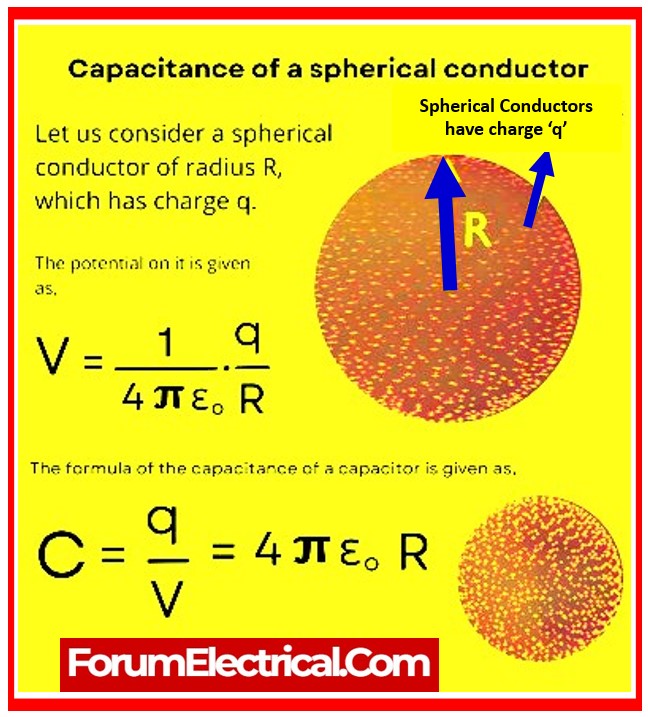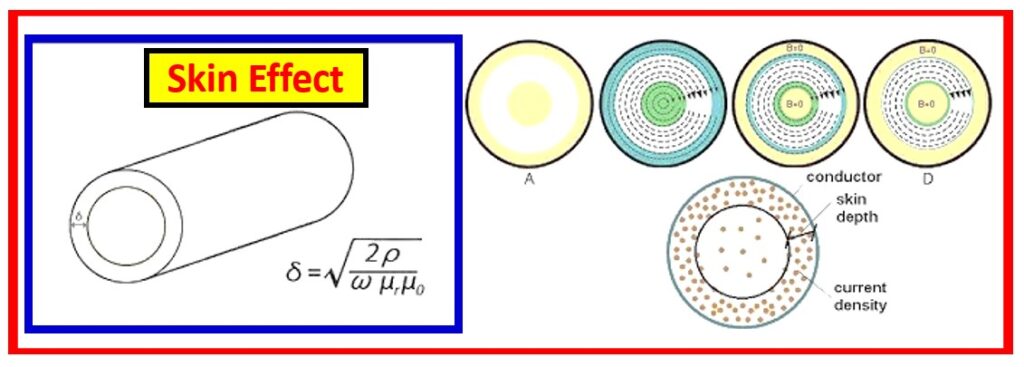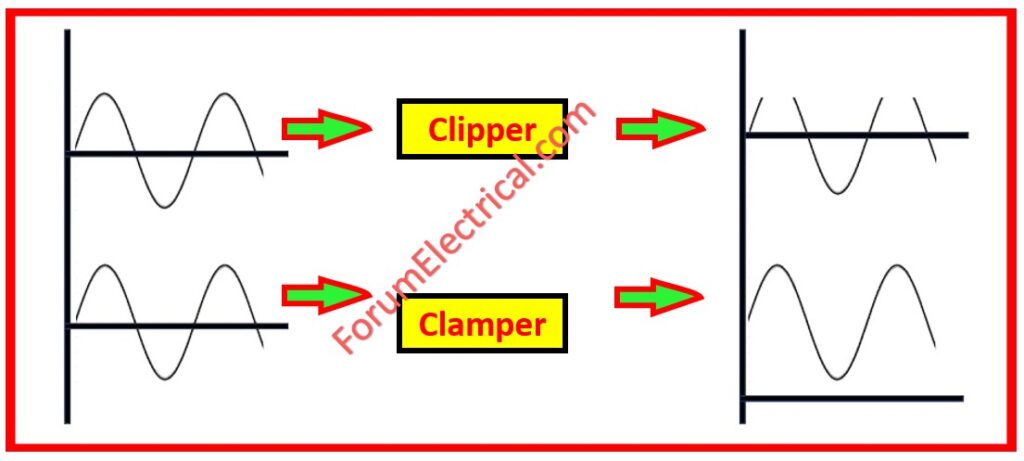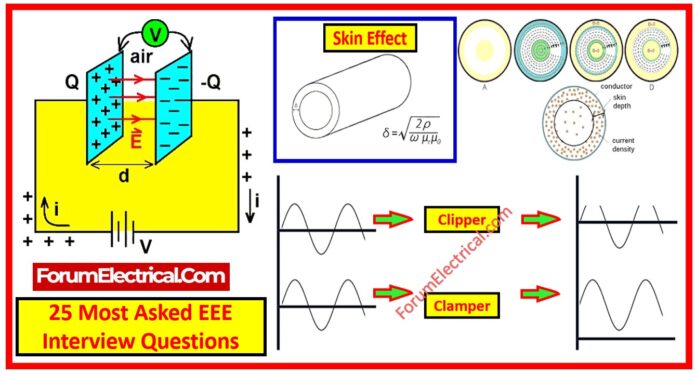1). Describe the Essential Components of an Electrical Circuit
Skilled electrical engineers should understand the essential components of an electrical circuit:
- Parallel circuits consist of components connected in parallel.
- Series circuits consist of components connected in series.
- AC circuits contain alternating current.
- DC circuits contain direct current.
- Active circuits generate energy from the electricity going through them.
- Passive circuits are those that do not generate energy while electricity passes through them.
2). Explain the definition of the term “Capacitance”
The term “capacitance” refers to the amount of charge (in coulombs) that a capacitor can hold at a particular voltage.

3). Explain the definition of the term “Inductance”
Inductance is a coil’s ability to oppose the changes in the electric current passing through it.
Mutual inductance in two coils occurs when the circuit’s secondary coil resists the current change within the primary coil.
4). Define Ohm’s Law
Ohm’s Law is a basic electrical engineering principle that outlines the relationship between voltage (V), current (I), & resistance (R) in an electrical circuit. The electric current in a circuit is proportional to the voltage & inversely proportional to its resistance.
5). Explain the term Electrical Resistance
Electrical resistance refers to a material’s ability to hinder the flow of electric current.
It is measured in ohms and varies with material type, length, cross-sectional area, & temperature.
High resistance decreases current flow, converts electrical energy into heat, such as in resistors utilized in a variety of applications.
6). Define Kirchhoff’s laws
Kirchhoff’s laws are made up of two rules that are important in circuit analysis.
- Kirchhoff’s Current Law (KCL) asserts that the total current entering a junction is equal to the total current leaving it.
- Kirchhoff’s Voltage Law (KVL) states that the total of all electrical voltages in a loop equals zero.
7). Explain a Capacitor & its applications
A capacitor is a passive electrical component with 2 terminals used to store energy in an electric field. It is utilized in a variety of applications, including
- Filtering,
- Power conditioning,
- Signal processing, &
- Energy storage.
Capacitors are necessary for resonant circuits in radios & tuning devices.
8). What is the role of Grounding in the Electrical Systems?
Grounding is critical to electrical safety & system integrity.
It allows fault currents to safely discharge into the earth, reducing electrical shocks & protecting equipment.
Grounding maintains voltage levels, eliminates electromagnetic interference, and provides a reference point for precise voltage measurements in electrical systems.
9). Explain Electrical Skin Effect
The electrical skin effect, an important principle in electrical engineering, illustrates how alternating current tends to concentrate on the surface of a conductor, especially at higher frequencies.
This phenomenon, which raises effective resistance and affects current distribution inside the conductor, is an important topic for engineers.
They must consider the skin effect while constructing high-frequency electrical systems.

10). How do Transformers work and what are the different types?
Transformers use electromagnetic induction to transfer electricity between two (or) more circuits. They operate on the basis of Faraday’s Law of Electromagnetic Induction.
Transformers are primarily of two types:
- Step-up (Increases Voltage) Transformer
- Step-down (Decreases Voltage) Transformer
11). What types of Cables are utilized for Power Transmission?
Long-distance cables, such overhead electricity lines, are classed based on their size & thermal capacity.
- Low-tension wires can transfer up to 1,000 volts (1 kV).
- High-tension cables transport voltages ranging from 1 to 23,000 volts (23 kV).
- Super-tension cables can carry voltages ranging from 66,000 (66 kV) to 132,000 (132 kV).
12). What is the function of a Semiconductor in the Power Electronics?
Semiconductors govern the flow of the electrical power, making them critical components in power electronics.
- Power diodes,
- Transistors, and
- Thyristors
allow for efficient conversion, control, & regulation of electrical energy in applications such as inverters, converters, & motor drives.
They contribute to improvements in energy efficiency & electronic control systems.
13). What is Reverse Polarity and how is it fixed?
Reverse polarity occurs when one (or) more the receptacles are wired incorrectly.
To correct reverse polarity, verify the wire connection at the outlet & inspect the receptacle.
A receptacle with reverse polarity usually has the white wire fastened to the hot side and the black wire connected to the neutral side; if this is the case, swap the wires to rectify the issue. If it persists, a certified electrician will be required.
14). What is an Encoder?
An encoder is a device that converts a signal (or) data point into a functional code.
15). What is a Zener Diode and how does it operate?
A Zener diode is a semiconductor diode that enables current to flow in both directions while predominantly operating in reverse bias mode to maintain a constant output voltage.
16). How does a Thyristor govern the flow of power?
A thyristor is a semiconductor device that operates as a switch, able to regulate enormous amounts of electricity by turning on and off in response to gate inputs.
17). Explain the workings of a Transistor
A transistor functions as a switch or amplifier by applying a little amount of current (or) voltage to a third terminal.
18). What is an Operational Amplifier?
An operational amplifier is an integrated circuit that increases the voltage difference between its input terminals.
19). What’s the distinction between Analog & Digital Signals?
Analog signals are continuous and have a range of values, whereas digital signals are discrete & indicate binary data (0s and 1s).
20). What are the different types of filters utilized in Electronics?
Filters come in four types:
- Low-Pass Filter,
- High-Pass Filter,
- Band-Pass Filter, and
- Band-Stop Filter.
21). What do the terms Clipper and Clamper refer to?
Clipper: A clipper is a circuit that limits or cuts off voltage above (or) below a predetermined level. A positive clipper removes a portion of the positive half of a signal, whereas a negative clipper removes the negative half.
Clamper: A clamper is a circuit that adds voltage to the signal’s positive or negative half to achieve a specific peak voltage. A clamper adjusts the entire signal up & down to get the desired peak voltage.

22). What is SCR?
Silicon Controlled Rectifier (or) thyristor is a unidirectional semiconductor device that, unlike diodes, has three terminals: anode, cathode, and gate. The gate input allows you to turn the SCR on and off.
23). What is an Oscillator?
An oscillator is a type of electrical circuit that converts a direct current source into a periodic AC signal. An oscillator requires no input.
The output of an oscillator can be a sinusoidal, square, or triangular wave.
24). What is a Repeater in Telecommunications?
We understand how a sent signal loses power as it travels great distances. To keep and sustain its full power, the signal is increased using a device called a repeater for long-distance transmission.
A repeater typically retransmits the same signal, however it may vary the medium (or) frequency of the signal based on the necessity.
25). What are the Nyquist Criteria for Sampling?
If the maximum frequency of the analog signal is fmax, the Nyquist criteria dictate that the sampling rate for this signal must be 2fmax (or) higher.









